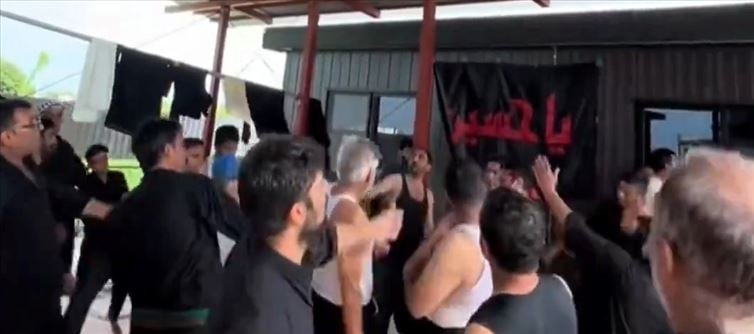
Islam’s presence in japan has been a relatively recent development compared to other parts of the world. The religion first arrived in japan in the late 19th and early 20th centuries, largely through interactions with traders and intellectuals from regions like India, the Middle East, and Southeast Asia. Early Japanese scholars and travelers encountered islam through their explorations of the Ottoman Empire and other Muslim-majority nations.
The first wave of Muslim immigrants to japan included Indian, Turkish, and Central Asian Muslims who arrived during the early 20th century, particularly after World war I and during the Russian Revolution, when many Turkic Muslims fled to Japan. The small but growing Muslim community built Japan’s first mosque in Kobe in 1935, followed by a mosque in Tokyo.
In modern times, islam has spread further in japan through two main channels: immigration and conversions. Foreign workers and students from Muslim-majority countries like Indonesia, Pakistan, and bangladesh have contributed to the growth of the Muslim community. Additionally, there has been a steady, though small, number of Japanese people converting to islam, often through marriage or personal exploration of the faith.
While Japan’s Muslim population remains small, estimated at around 100,000 to 200,000 people, the number of mosques and Islamic centers has steadily grown, reflecting the religion’s gradual but notable presence in Japanese society.
The first wave of Muslim immigrants to japan included Indian, Turkish, and Central Asian Muslims who arrived during the early 20th century, particularly after World war I and during the Russian Revolution, when many Turkic Muslims fled to Japan. The small but growing Muslim community built Japan’s first mosque in Kobe in 1935, followed by a mosque in Tokyo.
In modern times, islam has spread further in japan through two main channels: immigration and conversions. Foreign workers and students from Muslim-majority countries like Indonesia, Pakistan, and bangladesh have contributed to the growth of the Muslim community. Additionally, there has been a steady, though small, number of Japanese people converting to islam, often through marriage or personal exploration of the faith.
While Japan’s Muslim population remains small, estimated at around 100,000 to 200,000 people, the number of mosques and Islamic centers has steadily grown, reflecting the religion’s gradual but notable presence in Japanese society.




 click and follow Indiaherald WhatsApp channel
click and follow Indiaherald WhatsApp channel